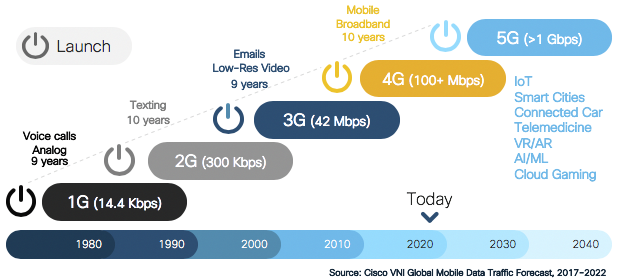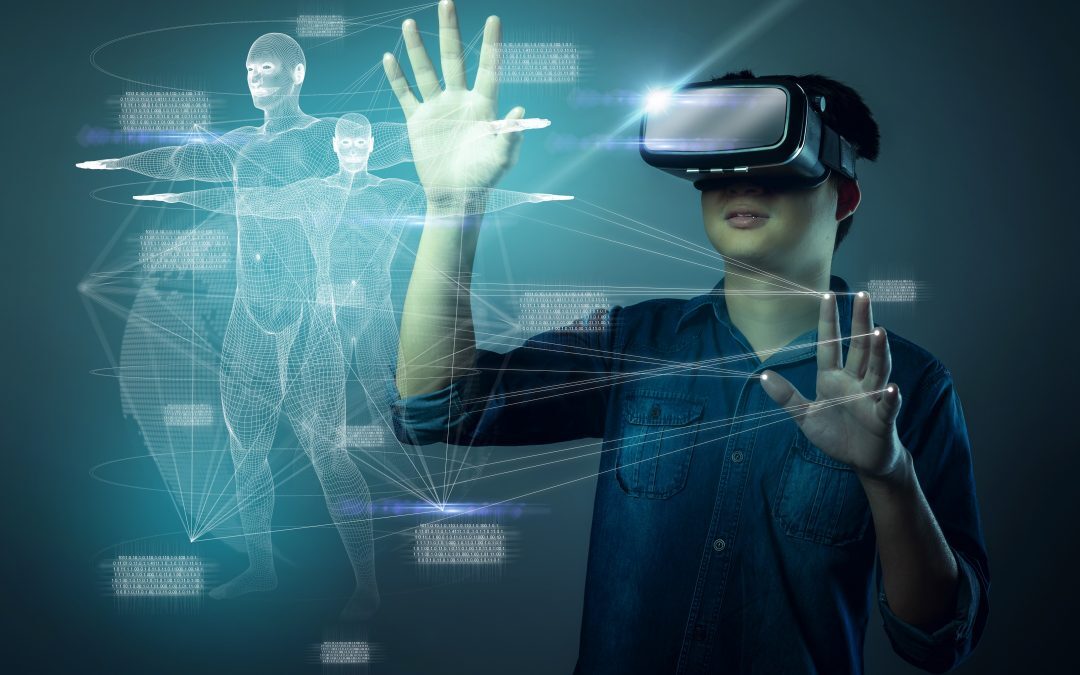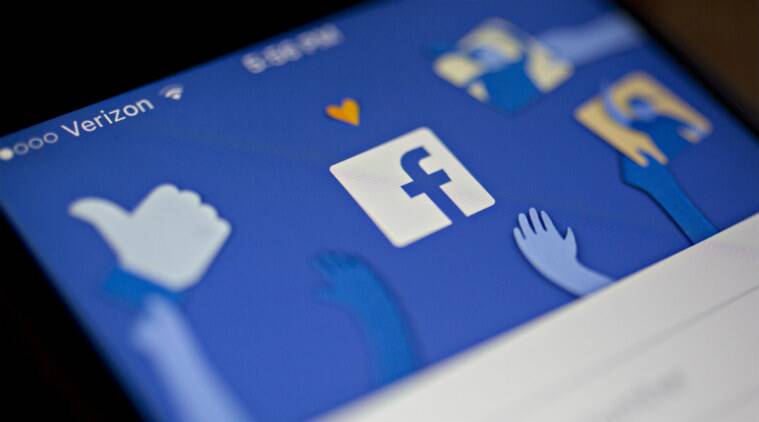Every new generation of wireless information transfer technology brings something new to the table. 1G brought us the very first cellphones, 2G made MMS, and texting possible. 3G opened up the digital realm for us while 4G unlocked a wide array of online experiences that were just Science fiction before. Now we step into the next generation of cellular connection.

What is new with 5G
5G will allow a stunning transfer rate of 20gigabytes per second and an increased bandwidth as it is a software-based system operating largely on the cloud, unlike the traditional cable approach of 4G.
Massive MIMO antenna technology can support 100 ports per tower effectively increasing the traffic capacity by a factor of 22 or more.

The concept of network slicing is rumoured to be an additive feature that will give flexibility to consumers who wish to create unique logical and virtualized networks over a common multi-domain infrastructure.
The fifth-gen network operates at higher wavelengths ranging from 30 to 300 GHz, high frequency implies that the electromagnetic waves are much smaller than what 4G uses.
Short millimetre waves cannot pass through dense objects hence a combination of many cell stations, beamforming techniques, and the full-duplex system will be able to overcome this flaw of short millimetre waves.
5G works differently than 4g as it replaces large high power cell towers with low- power short-range cell stations spread out all over the designated area.
These short-range cell stations are disadvantageous when a user is even slightly out of range. Telecom companies will have to invest heftily and install thousands of cell stations to cover a city.

Latency might be as low as 1ms, this will significantly improve our current augmented reality capabilities and could allow complex procedures such as surgeries to be done remotely.
Military applications will be diverse as well. Soldiers will be able to share real-time data and control drones and robots remotely away from harm. 5G will be the foundation of autonomous vehicles, virtual reality, the internet of things, and much more. In a world that is increasingly becoming dependent on the internet, reduction in time delay is critical.
Health conspiracies and radiation fear
Protesters around the world rallied against the arrival of 5G. Some even claimed that the technology is spreading coronavirus
These irrational fears arise from the fact that people have an aversion to anything with the word radiation in it.
5G works on a similar wavelength as our microwaves. What people don’t understand is while the frequency is the same, any health hazard would only depend on the power level it is emitting.
Scientists around the world have found no correlation between RF radiation and ill health effects.

Transition to 5G
By 2025, fifth-generation networks are likely to cover one-third of the world’s population.
Europe, USA, South Korea, and China are leading the race in building and deploying the technology
Smartphone manufactures are rolling out devices with 5G access capabilities. Reliance Jio in a joint venture with Qualcomm tech announced successful testing of 1 Gbps milestone on the Reliance Jio 5GNR solution and the Qualcomm 5G RAN Platform.
The transitory process is going to be very ambitious and costly for telecom companies. It is even speculated that these companies might have to change their entire setup and infrastructure. Financial figures say a complete 5G rollout will cost somewhere around Rs 2.3 lakh crore on a mid-band (3,300-3,600 MHz) spectrum, and around Rs 1.3 lakh crore on a low-band (700 MHz) spectrum.
As the technology rolls out over the next few years, massive changes will be seen all around us. Real-time interactions will be replaced by virtual ones as there will be no lag whatsoever on either side. Massive leaps in technology like this mark commencement of a new era for humankind.
Read more















